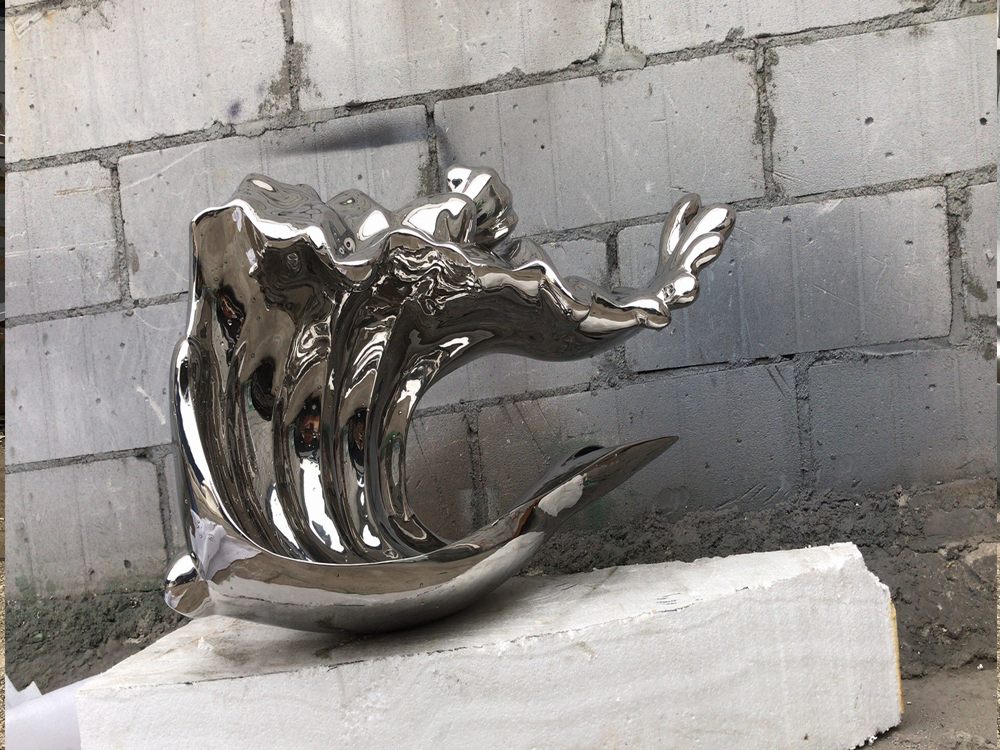
Wind erosion poses a significant threat to exposed stone sculptures, gradually wearing away intricate details and compromising structural integrity. To safeguard these artistic treasures, several proven methods can be employed.
1. Protective Coatings: Applying specialized sealants or waxes creates a barrier against wind-driven particles. Silane-based sealers penetrate deeply without altering the stone's appearance, while microcrystalline waxes offer a reversible protective layer.
2. Windbreaks: Strategic placement of natural or artificial barriers—such as hedges, fences, or mesh screens—reduces wind velocity near sculptures. These should be positioned at a distance of 2-3 times the sculpture's height for optimal effect.
3. Vegetative Cover: Low-growing, drought-resistant plants stabilize surrounding soil and minimize airborne dust. Species like creeping thyme or sedum work well without competing with the artwork visually.
4. Regular Maintenance: Gentle cleaning with soft brushes and distilled water removes abrasive particles before they cause damage. Annual inspections help identify early erosion signs for timely intervention.
5. Sheltered Display: When possible, relocating vulnerable pieces to semi-enclosed spaces like courtyards or under protective canopies significantly reduces exposure.
For particularly valuable sculptures, consider advanced solutions like sacrificial layers—thin, replaceable stone veneers that erode instead of the original artwork. Combining multiple methods often yields the best results, tailored to the specific stone type and local climate conditions.
Conservation experts emphasize that prevention proves far more effective than restoration. By implementing these measures, we can ensure stone sculptures endure for generations while maintaining their artistic integrity.

